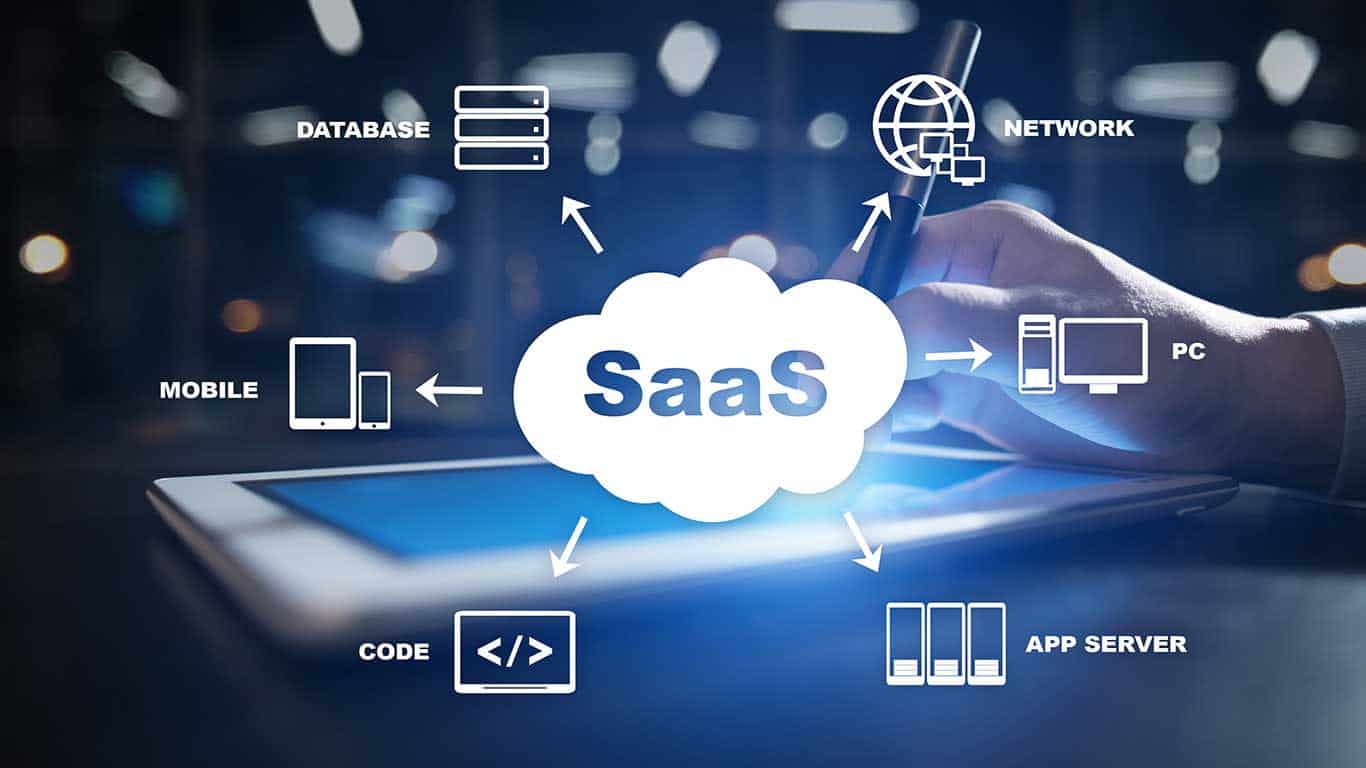Boost Your Email Marketing Game with Autoresponder Integration: A Step-by-Step Guide
Are you struggling to make the most out of your email marketing campaigns? Do you find it difficult to keep up with the ever-changing needs and expectations of your subscribers? If so, then it’s time to step up your game and embrace the power of autoresponder integration. In this comprehensive guide, we will take you through the step-by-step process of how to boost your email marketing efforts by seamlessly integrating autoresponders into your strategy. By the end of this post, you’ll have all the tools and knowledge you need to create personalized and engaging email campaigns that drive results. Email marketing remains one of the most effective ways to connect with your audience and grow your business. However, with the increasing number of emails flooding inboxes every day, it’s more important than ever to stand out from the crowd. Autoresponder integration is the secret weapon that will set your email marketing efforts apart from the competition. But what exactly is autoresponder integration? Simply put, it’s the process of automating your email campaigns by leveraging the power of autoresponders. Autoresponders are email marketing software tools that allow you to send pre-written emails to your subscribers at predetermined intervals or in response to specific triggers. By integrating autoresponders into your email marketing strategy, you can deliver timely and relevant messages to your subscribers, nurture leads, and drive conversions. Throughout this guide, we will walk you through the process of selecting the right autoresponder platform, setting up your campaigns, creating compelling content, and optimizing your emails for maximum impact. Whether you’re a beginner looking to get started with email marketing or an experienced marketer wanting to take your campaigns to the next level, this guide has got you covered. So, let’s dive in and discover how autoresponder integration can revolutionize your email marketing game.
Understanding the Power of Autoresponder Integration
Before we dive into the nitty-gritty of autoresponder integration, it’s important to understand why it’s such a powerful tool for your email marketing campaigns. With traditional email marketing, you manually send out emails to your subscribers whenever you have something to share. This can be time-consuming and inefficient, especially as your subscriber list grows.
Autoresponder integration changes the game by automating this process. It allows you to set up a series of pre-written emails that are sent out automatically at predetermined intervals or triggered by specific actions. This means that once you’ve set up your autoresponder campaign, it will run on autopilot, saving you time and effort.
But the real power of autoresponder integration lies in its ability to deliver personalized and targeted messages to your subscribers. By segmenting your subscribers based on their interests, behaviors, or demographics, you can tailor your emails to their specific needs and preferences. This not only increases engagement but also improves the chances of conversion.
Imagine being able to send a welcome email series to new subscribers, nurturing them and building a relationship from day one. Or sending targeted promotions based on previous purchases or browsing history. With autoresponder integration, all of this is possible.
Choosing the Right Autoresponder Platform for Your Needs
Now that you understand the power of autoresponder integration, it’s time to choose the right platform for your needs. There are many autoresponder platforms available in the market today, each with its own set of features and pricing plans.
When selecting an autoresponder platform, there are a few key factors to consider:
- Features: Look for platforms that offer features like segmentation, automation, A/B testing, and analytics. These features will help you create more targeted and effective email campaigns.
- Ease of use: Consider the user interface and how easy it is to navigate and set up your campaigns. Look for platforms that offer drag-and-drop editors and intuitive workflows.
- Integration: Check if the platform integrates with other tools you use, such as your CRM or e-commerce platform. Integration will streamline your workflow and ensure data consistency.
- Pricing: Compare pricing plans and consider your budget. Some platforms charge based on the number of subscribers, while others offer flat-rate plans or pay-as-you-go options.
Take the time to research different platforms, read reviews, and even try out free trials if available. This will help you make an informed decision that aligns with your business goals and budget.
Setting Up Your Autoresponder Campaigns
Once you’ve chosen an autoresponder platform, it’s time to set up your campaigns. The first step is to define your goals for each campaign. Are you looking to welcome new subscribers? Nurture leads? Promote a new product or service?
Next, think about the sequence of emails you want to send out. For example, a welcome series could include a thank-you email, an introduction to your brand or product, testimonials from happy customers, and a special offer or discount.
In addition to defining the content of each email, consider the timing as well. How often do you want to send emails? What should be the interval between each email? Remember that finding the right balance is key – sending too many emails can lead to unsubscribes while sending too few may result in disengagement.
Most autoresponder platforms provide easy-to-use templates and drag-and-drop editors to help you create visually appealing emails. Take advantage of these tools to design professional-looking emails that reflect your brand identity.
Finally, don’t forget to test your campaigns before launching them. Send test emails to yourself and colleagues to check for any formatting issues or broken links. This will ensure that your subscribers receive a seamless and error-free experience.
Crafting Compelling Content for Your Emails
Now that you have your campaigns set up, it’s time to focus on crafting compelling content for your emails. Remember, the goal is to engage your subscribers and drive action, whether it’s making a purchase, signing up for a webinar, or simply clicking through to read a blog post.
Here are some tips for creating compelling email content:
- Personalization: Use merge tags or dynamic content to personalize your emails with the subscriber’s name or other relevant information. This helps create a sense of connection and makes the email feel more tailored.
- Clear Call-to-Action (CTA): Every email should have a clear and prominent CTA that tells the subscriber what action you want them to take. Whether it’s “Shop Now,” “Learn More,” or “Download Your Free Guide,” make sure it stands out.
- Compelling Subject Lines: The subject line is the first thing subscribers see in their inbox, so make it attention-grabbing. Use curiosity, urgency, or personalization techniques to entice them to open the email.
- Engaging Copy: Write concise and persuasive copy that gets straight to the point. Use storytelling techniques, bullet points, and subheadings to make your emails scannable and easy to read.
- Visual Appeal: Include eye-catching images, videos, or GIFs to capture your subscribers’ attention. Just make sure they are relevant and enhance the overall message of the email.
Remember to test different elements of your emails, such as subject lines, CTAs, and content layout. A/B testing will help you identify what resonates best with your audience and optimize your campaigns for better results.
Segmenting Your Subscribers for Personalized Messaging
One of the key benefits of autoresponder integration is the ability to segment your subscribers for personalized messaging. By dividing your subscriber list into smaller segments based on specific criteria, you can deliver more targeted and relevant content.
Here are some common segmentation criteria:
- Demographics: Age, gender, location
- Interests: Product preferences, content preferences
- Purchase history: Previous purchases or browsing behavior
- Email engagement: Open rates, click-through rates
To start segmenting your subscribers, gather data from various sources such as sign-up forms, purchase history, or surveys. Most autoresponder platforms provide built-in segmentation tools that allow you to create dynamic segments based on these criteria.
Once you have your segments defined, tailor your email content to each group’s specific needs and interests. For example, if you have a segment of customers who have purchased a particular product in the past, send them targeted offers or recommendations related to that product.
The more personalized and relevant your emails are, the higher the chances of engagement and conversion. Segmenting your subscribers allows you to deliver messages that resonate with their individual needs, increasing the overall effectiveness of your email marketing campaigns.
Leveraging Triggers for Timely and Relevant Emails
Triggers are events or actions that prompt an automatic email to be sent to a subscriber. They can be powerful tools for delivering timely and relevant messages based on specific customer behaviors or actions.
Here are some common triggers you can leverage:
- Welcome series: Send a series of emails to new subscribers to introduce them to your brand and nurture the relationship from the start.
- Abandoned cart: If a subscriber adds items to their cart but doesn’t complete the purchase, send them a reminder email with a special offer or incentive.
- Birthday or anniversary: Send personalized emails with exclusive discounts or rewards on subscribers’ birthdays or anniversaries with your brand.
- Website activity: If a subscriber visits a specific page on your website, such as pricing or product pages, send them targeted follow-up emails related to their interests.
To set up triggers, you’ll need to define the conditions that will trigger an email and create the corresponding email content. Most autoresponder platforms provide easy-to-use workflows that allow you to set up triggers without any coding knowledge.
Leveraging triggers allows you to send timely and relevant emails that capture your subscribers’ attention when they are most engaged. This increases the chances of conversion and helps build stronger relationships with your audience.
Designing Engaging Email Templates for Higher Conversions
The design of your email templates plays a crucial role in capturing your subscribers’ attention and driving conversions. A well-designed template not only looks professional but also enhances the overall user experience.
Here are some tips for designing engaging email templates:
- Keep it simple: Use a clean and uncluttered layout that makes it easy for subscribers to read and understand your message.
- Use branding elements: Incorporate your brand colors, logo, and fonts to create a consistent and recognizable look across all your emails.
- Mobile-friendly: Optimize your templates for mobile devices since a significant portion of emails are opened on smartphones or tablets. Make sure the text is legible, buttons are easy to tap, and images are appropriately sized.
- Add social sharing buttons: Encourage subscribers to share your emails on social media by including social sharing buttons. This can help increase the reach of your campaigns and attract new subscribers.
If you’re not confident in your design skills, most autoresponder platforms offer pre-designed templates that you can customize with your own content. These templates are usually responsive and optimized for different devices, ensuring a seamless experience for your subscribers.
Remember to test your email templates across different email clients and devices to ensure they render correctly. Broken layouts or images can negatively impact the user experience and result in lower engagement rates.
Tracking and Analyzing Your Email Campaign Performance
To measure the success of your email marketing campaigns, it’s essential to track and analyze key metrics. This will help you understand what’s working well and identify areas for improvement.
Here are some metrics you should pay attention to:
- Email open rate: The percentage of recipients who open your emails. A high open rate indicates that your subject lines are compelling enough to grab attention.
- Email click-through rate (CTR): The percentage of recipients who click on a link or CTA within your email. A high CTR indicates that your content and CTAs are engaging and persuasive.
- Conversion rate: The percentage of recipients who complete a desired action, such as making a purchase or signing up for a webinar. This metric directly measures the effectiveness of your campaigns.
- Unsubscribe rate: The percentage of recipients who unsubscribe from your emails. A high unsubscribe rate may indicate that your content is not relevant or that you’re sending too many emails.
Most autoresponder platforms provide built-in analytics dashboards that allow you to track these metrics and more. Use these insights to identify trends, test different elements of your campaigns, and optimize for better results.
In addition to tracking metrics, it’s also important to listen to feedback from your subscribers. Encourage them to provide feedback through surveys or by replying directly to your emails. This will help you understand their needs and preferences better, allowing you to further refine your email marketing strategy.
Optimizing Your Emails for Maximum Impact
To continuously improve the performance of your email marketing campaigns, it’s important to optimize various elements based on data-driven insights. Here are some optimization strategies you can implement:
- A/B testing: Test different subject lines, CTAs, email designs, or even send times to identify what resonates best with your audience.
- Email frequency: Monitor engagement rates and adjust the frequency of your emails accordingly. Find the right balance between staying top-of-mind and avoiding subscriber fatigue.
- List hygiene: Regularly clean up your subscriber list by removing inactive or unengaged subscribers. This will improve deliverability rates and ensure that your emails reach the right audience.
- Personalization: Continuously refine your segmentation criteria and personalize your email content based on subscriber behavior and preferences.
Remember that optimization is an ongoing process. Keep testing, analyzing, and refining your campaigns to ensure that you’re always delivering the most impactful messages to your subscribers.
Conclusion: Taking Your Email Marketing Game to the Next Level
In conclusion, autoresponder integration is a game-changer for email marketing. By automating your campaigns, segmenting your subscribers, and delivering personalized messages, you can take your email marketing game to the next level.
Follow the step-by-step guide outlined in this post to choose the right autoresponder platform, set up effective campaigns, craft compelling content, and optimize for maximum impact. Remember to track key metrics and continuously refine your strategy based on data-driven insights.
With autoresponder integration as part of your email marketing arsenal, you’ll be able to engage your subscribers like never before and drive meaningful results for your business. So don’t wait any longer – start integrating autoresponders into your strategy today!


